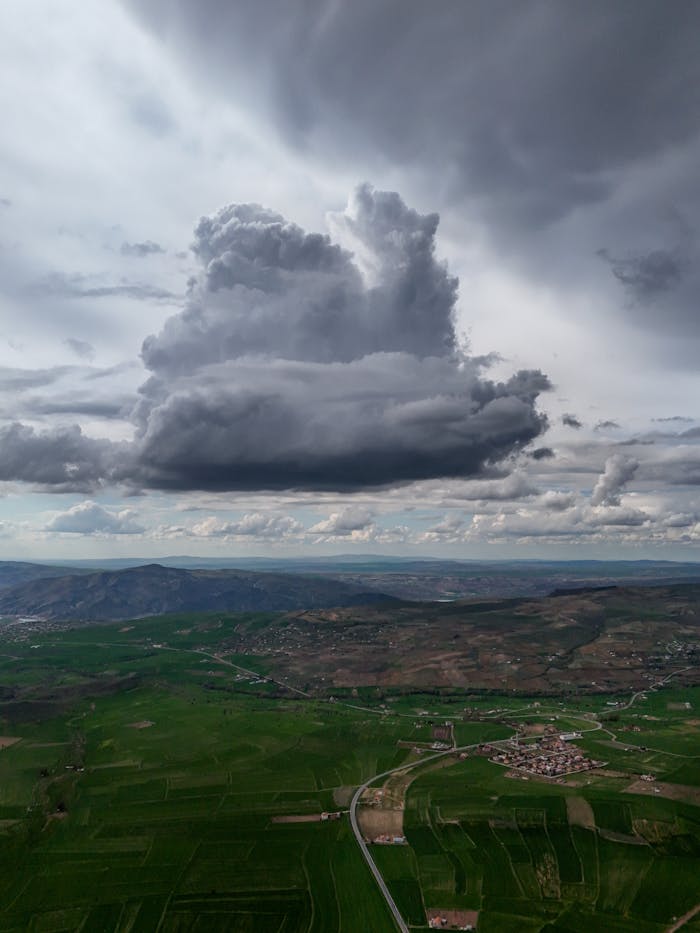Introduction
Weather doesn’t just affect today’s operations — it also shapes long-term business trends. By analyzing historical weather data, organizations can uncover valuable insights that improve forecasting, optimize resources, and reduce risk. A Historical Weather Data API gives companies access to years of detailed records, turning raw data into actionable intelligence.
What Is Historical Weather Data?
Historical weather data includes past temperature, precipitation, humidity, wind, and severe weather events collected over months, years, or even decades. Unlike real-time APIs, historical APIs provide datasets that help businesses understand patterns, anomalies, and climate trends that influence decision-making.
Why Historical Weather Data Matters for Business Intelligence
1. Market & Consumer Behavior Analysis
Retailers can identify how weather impacts sales. For example:
- Ice cream sales spike during hotter months.
- Umbrella sales increase during rainy seasons.
2. Risk & Insurance Modeling
Insurance companies use historical data to predict claim risks, set premiums, and plan for natural disaster scenarios.
3. Energy Demand Forecasting
Energy providers analyze historical weather to predict heating and cooling demand for future seasons.
4. Agriculture & Farming
Farmers and agribusinesses rely on past climate data to plan crop cycles, irrigation, and pest management.
5. Research & Academic Studies
Universities and climate scientists use historical datasets to study environmental change and model long-term climate impacts.
Benefits of Using a Historical Weather Data API
- Easy access to large datasets: No need to maintain your own weather database.
- Accuracy & verification: Data sourced from certified stations worldwide.
- Flexible formats: JSON, CSV, and other formats compatible with analytics tools.
- Bulk queries: Retrieve years of data in a single request.
- Developer-friendly: With SDKs and examples for Python, R, PHP, and JavaScript.
Real-World Applications
- Retail analytics platforms: Align promotions with seasonal trends.
- Insurance companies: Validate claims against actual weather records.
- Transportation and logistics: Study past delays to improve future planning.
- Energy providers: Model long-term demand curves.
- Financial traders: Use weather history in commodity price forecasting.
Conclusion
Historical weather data isn’t just about looking back — it’s about planning ahead with confidence. By integrating a Historical Weather Data API into analytics workflows, businesses can unlock powerful insights that drive smarter decisions across retail, energy, agriculture, and beyond.
In a world where data is everything, historical weather records provide a competitive edge for organizations looking to optimize performance and prepare for the future.


